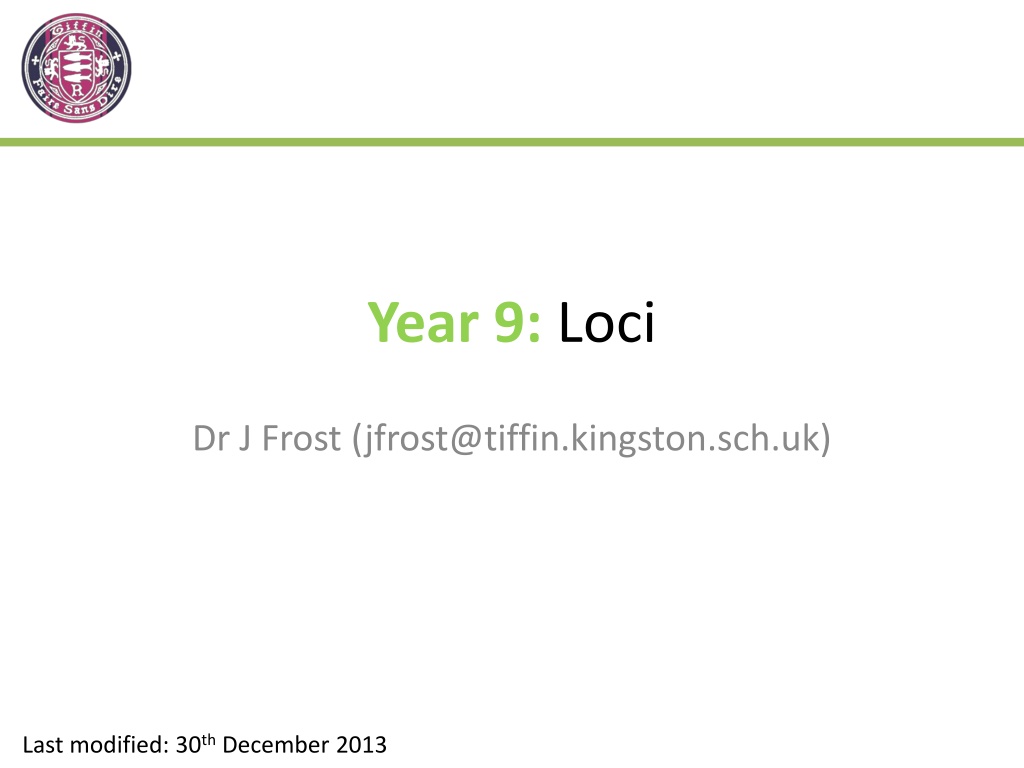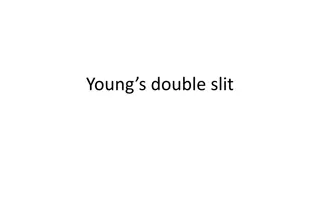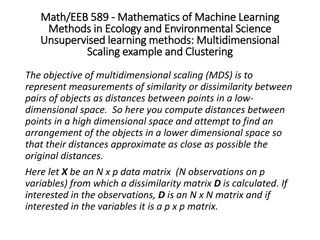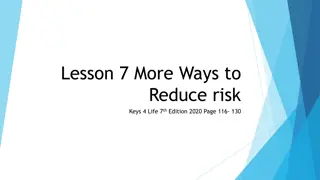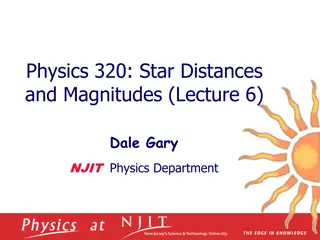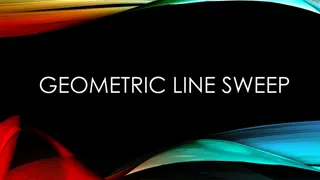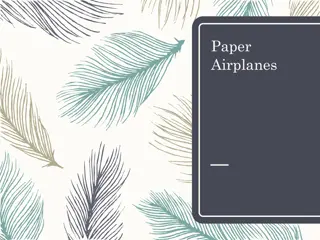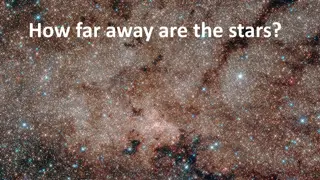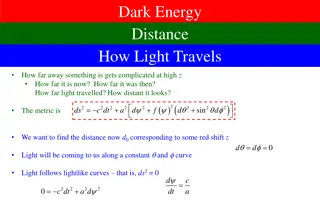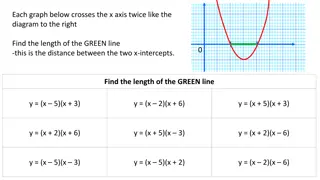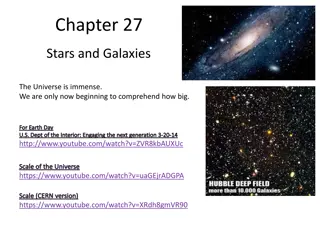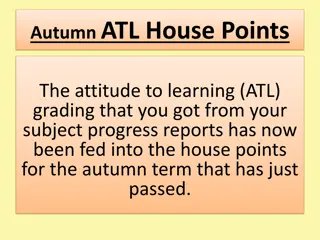Year 9 Loci: Exploring Points and Distances
Delve into the world of loci in mathematics with Year 9 students, understanding how to analyze sets of points based on certain conditions. Explore concepts such as equidistance, angle bisectors, and fixed distances, illustrated through engaging exercises with practical applications. Enhance your spatial reasoning and problem-solving skills while discovering the fascinating realm of loci.
Uploaded on Mar 04, 2025 | 0 Views
Download Presentation

Please find below an Image/Link to download the presentation.
The content on the website is provided AS IS for your information and personal use only. It may not be sold, licensed, or shared on other websites without obtaining consent from the author.If you encounter any issues during the download, it is possible that the publisher has removed the file from their server.
You are allowed to download the files provided on this website for personal or commercial use, subject to the condition that they are used lawfully. All files are the property of their respective owners.
The content on the website is provided AS IS for your information and personal use only. It may not be sold, licensed, or shared on other websites without obtaining consent from the author.
E N D
Presentation Transcript
Year 9: Loci Dr J Frost (jfrost@tiffin.kingston.sch.uk) Last modified: 30th December 2013
Loci A locus is a set of points satisfying a certain condition. Loci involving: Thing A Thing B Interpretation Resulting Locus Click to Learn A given distance from point A Click to Learn A ? Point - Click to Learn A given distance from line A Click to Learn A ? Line - Click to Learn Equidistant from 2 points or given distance from each point. Perpendicular bisector ? Click to Learn A Point Point B Click to Learn A Equidistant from 2 lines Click to Learn Angle bisector ? Line Line B A Equidistant from point A and line B Not until FP1 at Further Maths! ? Parabola Point Line B
Fixed distance from a point Moo! A goat is attached to a post, by a rope of length 3m. Shade the locus representing the points the goat can reach. 3m Click to Broshade
Fixed distance from a point Common schoolboy error: Thinking the locus will be oval in shape. Click to Broshade 3m A goat is now attached to a metal bar, by a rope of length 3m. The rope is attached to the bar by a ring, which is allowed to move freely along the bar. Shade the locus representing the points the goat can reach.
Exercise I m 2m away from the walls of a building. Where could I be? Copy the diagram (to scale) and draw the locus. Ensure you use a compass. Q1 Scale: 1m : 1cm 2m 2m Circular corners. 10m Straight corners. 2m 10m
Exercise I m 2m away from the walls of a building. Copy the diagram (to scale) and draw the locus. Ensure you use a compass. Q2 Scale: 1m : 1cm 2m 6m 10m 6m 10m Click to Broshade
Exercise Q3 Scale: 1m : 1cm My goat is attached to a fixed point A on a square building, of 5m x 5m, by a piece of rope 10m in length. Both the goat and rope are fire resistant. What region can he reach? A 10m Bonus question: What is the area of this region, is in terms of ? 87.5 ? 5m Click to Broshade
Distances from two points Maxi is phoning his friend to get a lift to a party. He says he is 3km away from Town A and 5km from Town B. Sketch the locus his friend needs to check to find Maxi. Q4 5km 3km A B Bonus Question: How could Maxi augment his description so the locus is just a single point? He just needs a third landmark to describe his distance from. The process of determining location using distances from points is known as trilateration, and is used for example in GPS. It is often confused with triangulation, which uses angles to determine location rather than distances. ? Click to Brosketch
Distances from two points A goat is at most 3km from A and at least 4km from B. Shade the resulting locus representing the region the goat can be in. Q4 3km 4km A B Click to Broshade
Equidistant from 2 points But now suppose we don t have a fixed distance from each point, but just require the distance from both points to be the same. What is the locus now? STEP 2: Using the same distance on your compass, draw another arc, ensuring you include the points of intersection with the other arc. A B STEP 3: Your locus is the line that goes between these points of intersection. It is known as the perpendicular bisector. STEP 1: Put your compass on A and set the distance so that it s slightly more than halfway between A and B. Draw an arc.
Common Losses of Exam Marks A A B B Le Problemo: Locus is not long enough. (Since it s actually infinitely long, we want to draw it sufficiently long to suggest it s infinite) Le Problemo: Arcs don t overlap enough, so points of intersection to draw line through is not clear. ? ?
Equidistant from two lines STEP 1: Measure out some distance across each line, ensuring the distance is the same. A STEP 2: The locus is just the perpendicular bisector of these two points. The line is known as the angle bisector because it splits the angle in half. B
